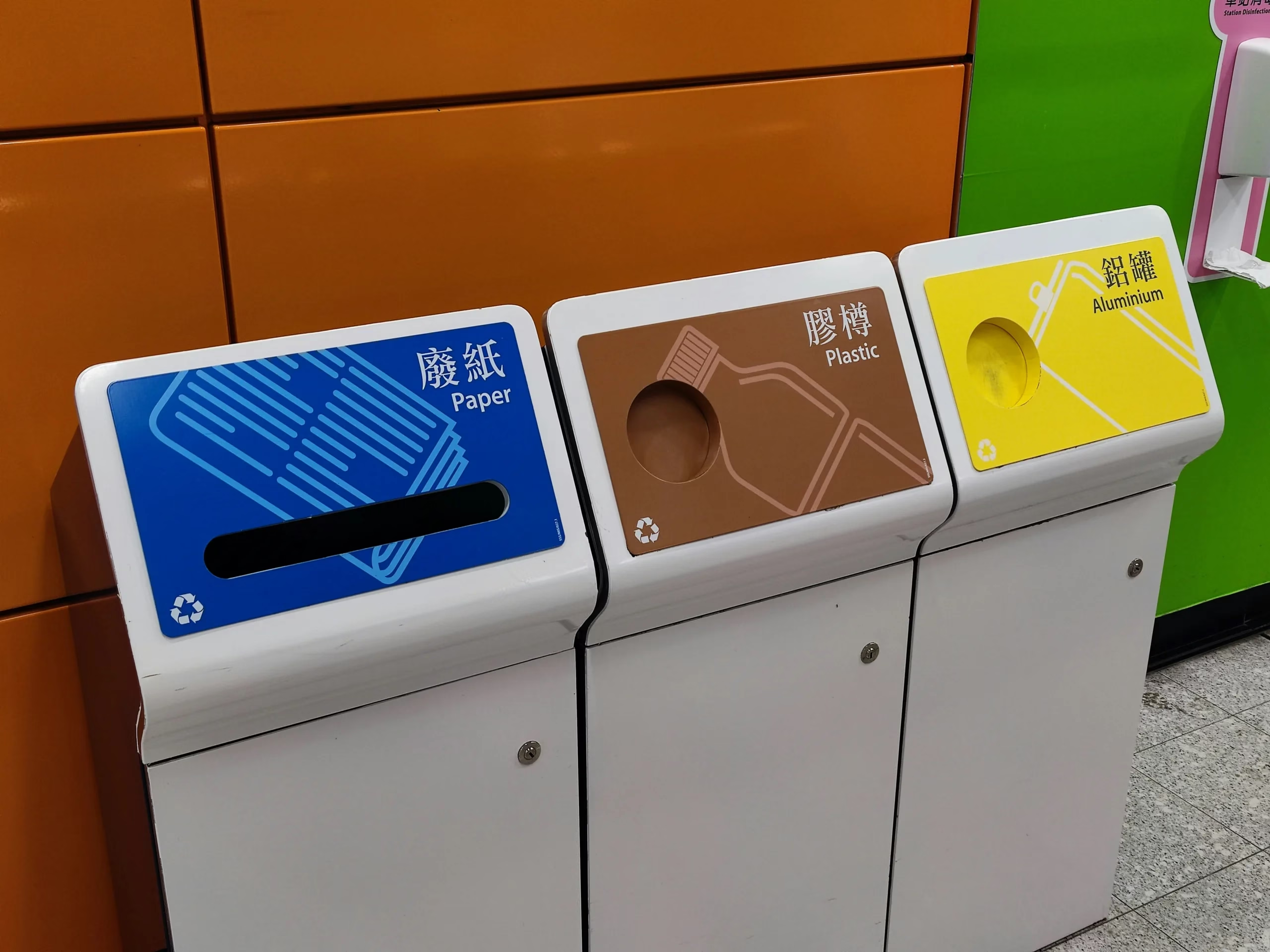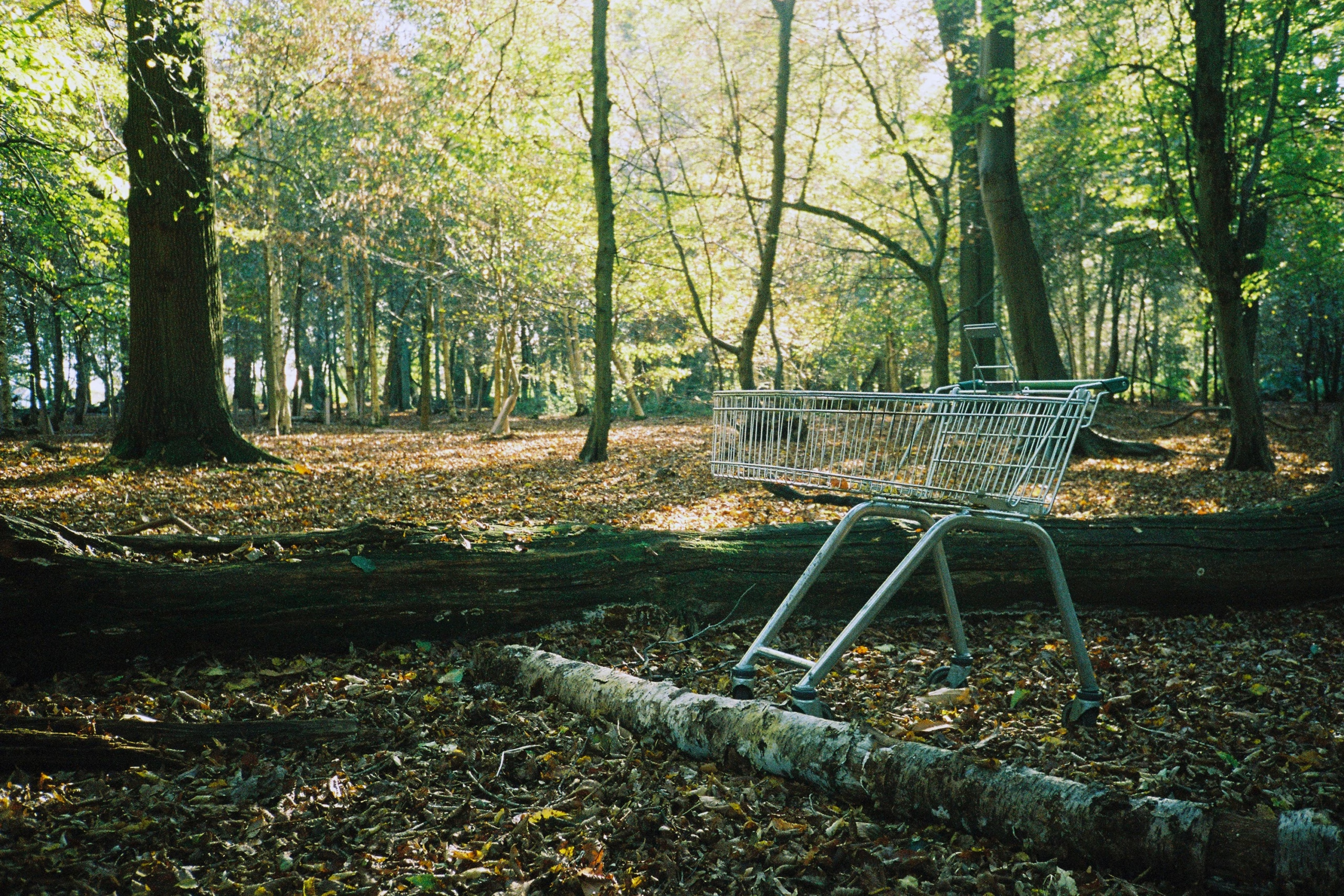A multi-year analysis recently completed by Ball Corporation and Eunomia Research and Consulting trumpets some reasons to celebrate our national recycling efforts while also sounding an alarm about the trajectory of recycling in America. This study is their second deep dive into comprehensive EPA data to examine how these systems are functioning, though a chunk of it in this edition includes a period of Covid lockdown when many recycling centers went offline for worker safety.
But first, some terminology.
Real recycling rates (RRR) should be our default metric when discussing actual performance, as they depict how much actual material is being recycled versus how much is being collected. Recycling refunds (RR), also known as deposit return programs, are emphatically demonstrating a positive impact on states’ recycling efforts – despite complaints about often-outdated rebate dollar amounts. Fiber and flexible plastic (FFP) are generally omitted from this review as their large volume skews overall results. And greenhouse gas (GHG) emissions should be a familiar metric to all at this point!
Getting it Right
Not surprisingly, aluminum is a standout performer in how much of what’s collected actually gets reprocessed, with an impressive RRR of 89% from single-stream collection. Compare that to a 32% RRR for non-bottle PET – meaning, of what’s collected, barely one-third of it gets reused. Contamination and damage are oft-cited reasons for the divergence in the collection vs. processing of these products.
It’s an important and emphatic distinction between the viability of these two materials. While plastic promotes itself as a competitively reusable material, the reality is quite the opposite. Not captured in this study is the fact that PET is the only economically viable recycled polymer, and even it must be downcycled after its second usage. And how many plastic park benches do we ultimately use?
But these performance averages belie some wide variations among the states. States with RR programs have always – and continue to – outperform states that have opted against them. While the 10 states that offer RR programs represent just 27% of the U.S. population, they account for 47% of all the non-FFP packaging recycled and 51% of all beverage containers recycled. So barely one-quarter of the population is recycling about half of all cans and bottles used in America. That’s a powerful testament to the effectiveness of RR systems and a rather stunning concession by the non-RR states.
It’s so Nice They Did it Twice
Once the recycling habit takes root, it seems to impact other materials in positive ways despite their exclusion from the RR programs. The RR states recycle 34% of material packaging (excluding FFP) through closed-loop end markets compared to a paltry 7% for non-RR states.
Some of this is altruism, but a large part of it is economics. The study concludes the gross value added to the economy – employment income from recycling-related jobs, the value of the material captured, and the social value of GHG reduction (presently $51 per ton in the U.S.) is approximately $35 billion. If broader recycling policies were enacted in the non-RR states and improved in the RR states, then the national benefit of recycling could double to a projected $70 billion.
Benefits also extend to substantial contributions to reducing GHG emissions. In 2021, an estimated 79 million MTCO2e of GHG emissions was avoided through recycling, comparable to removing more than 17 million vehicles from the roads. Or looked at another way, it’s the same as if we got rid of every registered car in California and Michigan.
What’s In it for Us?
If the U.S. put in place policies and incentives to increase our recycling rates to their full potential, we could unlock a massive economic benefit by recapturing billions of dollars’ worth of materials currently allowed to flow into landfills. Today’s recycling industry only captures about 32% of the total value of material in the packaging waste stream. Consequently, there is a potential bounty of around $6.5 billion that could be harnessed through more effective recycling practices annually – with their associated employment and environmental benefits.
So Close, Yet So Far
On average, recycling rates across states have stagnated and some of the largest shifts seen between 2018 and 2021 stem from the inclusion of more accurate data. It’s a challenge to correctly measure how much material is collected and processed throughout the country. Variations in the baseline data are to be expected. Unfortunately, what they are tending to show is that we are not moving forward at the pace we must in order to meet our recycling and GHG reduction goals.
While Ball and Eunomia published their state-by-state RRR estimates for aluminum cans, glass and plastic bottles, it seems likely the data collected in 2020 when many MRFs shut down for Covid skewed the results. Those interested in perusing the numbers can do so here. We are extremely eager to see the next update in three years, and to have a meaningful impact on those results as people opt to replace their plastic cups with Lumi alternatives.




